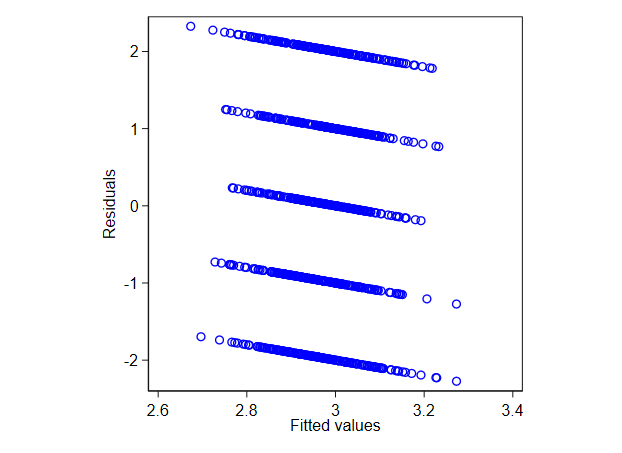I am looking at the effects role has an opportunities to collaborate between groups in a social network. At a basic level the data are modeled as:
relRatio~role
With relative ratio being the percentage of teammates who are part of the subject's normal group. The data I have come from multiple time slices over the years, with some of the subjects being polled two or more times. Not every subject has multiple entries, nor does every subject with multiple entries have the same number of entries. From some advice I received it was suggested that I test the differences between groups using a random effect ANOVA model, which would be modeled (in R) as
relRatio~role+Error(subjectId)
After trying to read up more on random effects ANOVA, I started to get the impression that linear mixed effects models (with the lmer) package are preferred over random effects ANOVA, although I have yet to see a clear distinction between the two. This leads to my first question: Which approach is best for modeling my data?
If it involves using the random effects ANOVA, I would greatly appreciate it if someone could recommend a resource for the process of interpreting the results.
My second question is, if the better approach is to use the mixed effects models, which I have tried, why do I get striping in my residuals?

One guide suggested that I am dealing with categorical data, which requires the use of logistic regression. However, the dependent variable for my data is continuous, and the IV is categorical, which I thought LMM are supposed to handle. This leads to my second question - does my residual plot indicate something is wrong with the way I have modeled my data?

